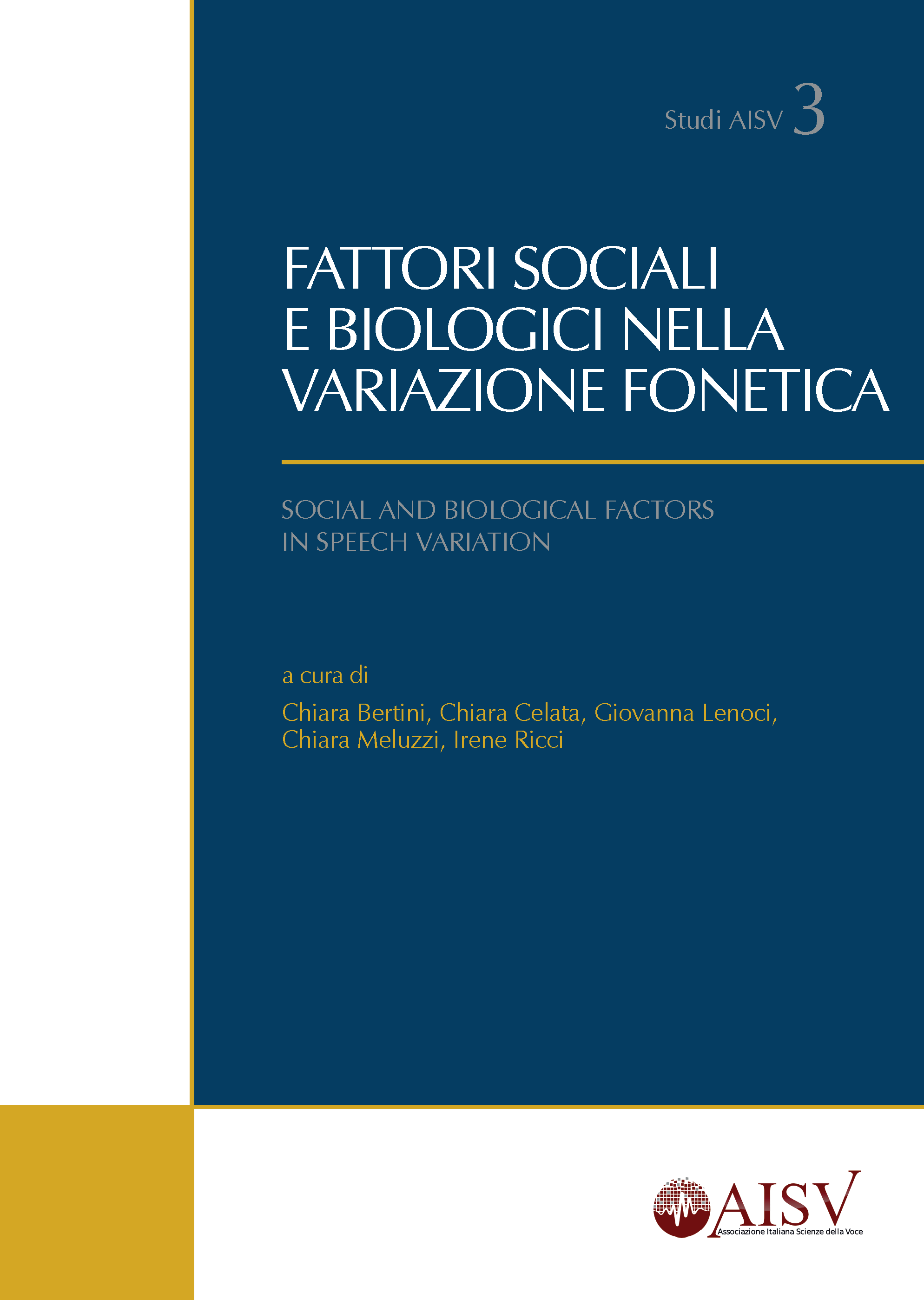The neural correlates of developmental stuttering
A brief overview of the literature
DOI:
https://doi.org/10.17469/O2103AISV000021Keywords:
stuttering, connectivity, motor cortex, basal ganglia, transcranial magnetic stimulationAbstract
Developmental stuttering (DS) is a disruption of the rhythmic flow of speech, and its aetiology is still obscure. Neuroimaging/neurophysiological techniques have been used to study, the neural system of people with DS highlighting the presence of widespread structural/ functional abnormalities, especially in the motor system. Reduced white matter integrity and altered functioning of the basal ganglia-thalamo-cortical circuit play a key role in DS. Evidence from transcranial magnetic stimulation suggests the presence of an altered interplay between excitatory and inhibitory signals, especially in the left motor cortices; findings of neurophysiological indexes obtained from non-speech related muscles, support the theory that stuttering is the overt symptom of a more general motor disorder. Further investigations need to be conducted to better elucidate the neural basis of this disorder, in order to find better rehabilitative solutions.
Downloads
Published
Issue
Section
License
Copyright (c) 2023 AISV - Associazione Italiana di Scienze della Voce [Italian Association for Speech Sciences]

This work is licensed under a Creative Commons Attribution-NonCommercial 4.0 International License.





